ASP.NET MVC: Getting Started
15 Questions
ASP.NET MVC with WebAPI Certification Training is a program designed to provide participants with knowledge and skills to develop web applications and services using the ASP.NET MVC and WebAPI frameworks. The ASP.NET MVC training covers various topics such as building web applications with ASP.NET MVC, creating RESTful APIs with WebAPI, using Entity Framework for data access, implementing security and authentication, and deploying web applications and APIs.
Participants will have the following skills after completing this ASP.NET MVC certification course:
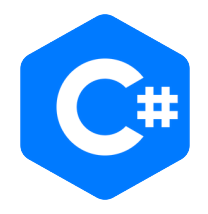

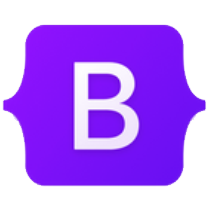
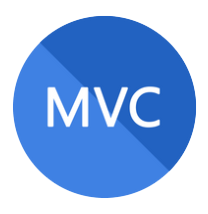
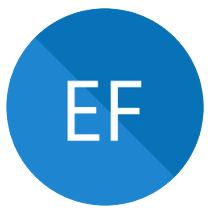
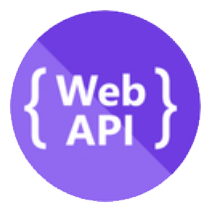
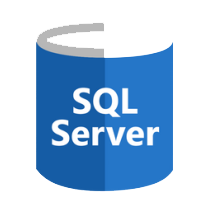
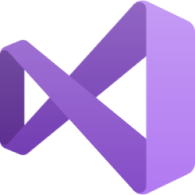
The prerequisites to join ASP.NET MVC with WebAPI training are, you should have some prior knowledge and experience in C#, SQL Server, and HTML/CSS basics.
Anybody interested in learning how to create web applications with ASP.NET MVC5 and WebAPI should enrol in this certification course.
Visual Studio 2015 or 2017, SQL Server, SQL Server Management Studio.
Course Overview
Introduction to ASP.NET MVC
Getting Started with ASP.NET MVC
MVC Pattern
Course Overview
Razor View Engine
Routing
HTML Helpers
AJAX Helpers
Data Passing Techniques
Partial Views
Course Overview
ASP.NET MVC Forms and Model Binders
Forms Validation
Custom Validation
Course Overview
Database First Approach
Course Overview
Code First Modeling
Database Operations
Course Overview
Code First Migrations
Relationships
Course Overview
Queries
Entity and States
Data Loading
Transactions and Async Query
Course Overview
Database Operations
Webgrid and Ajax
Course Overview
Introduction to Unit Testing
.NET Unit Testing Frameworks
Course Overview
ASP.NET MVC Pipeline
Security : Forms Authentication
Accessing User Details
Course Overview
SOA and REST
ASP.NET Web API
Postman Rest Client
Course Overview
Routing
Action Result
Content Negotiation and Media Type Formatters
Model Binding
Model Validation
Course Overview
ASP.NET Web API Pipeline and Filters
Exception Handling and Depenedency Injection
Web API Versioning
Web API Hosting
Course Overview
Introduction to ASP.NET Web API
Integrating Angular with Web API or ASP.NET MVC
Course Overview
Project Architecture
Database Design and Creation
Design Patterns
User Login and Forms Authentication
Secuirty and Dependency Injection
CRUD Operations
Service Layer Development
Integrating Angular with MVC5
Shopping Store Using Angular
Shopping Cart And Payment Gateway
Error Logging And Securing Web API
Deployment
ASP.NET MVC: Getting Started
15 Questions
ASP.NET MVC Fundamentals
20 Questions
LINQ and EF6
20 Questions
ASP.NET Web API
15 Questions
Introduction to Asp.Net Mvc Q&A
MVC Pattern
Introduction to ASP.NET MVC
Model and Views
Controller and Actions
View Engine and Razor
Routing
Introduction
Helpers
Data Passing Techniques
Forms
Model Binding
Validations
Course Overview
LINQ Introduction
LINQ Query Tools
LINQ Query
LINQ Operators
LINQ Joins
Course Overview
O/RM
Entity Framework
Entity Framework Architecture and Working
Database First Approach
Model First Approach
Course Overview
Code First Approach
Code First Migrations
Data Relationships
Inheritance
Entity States and Lifecycle
Query Execution
Transaction, Async and Concurrency
Course Overview
Areas and Scaffolding
Caching, Bundling and Minification
Inversion of Control and Dependency
Dependency Injection
Pipelines and Filters
Security: Authentication/Authorization
Course Overview
.NET Unit Testing
.NET Unit Testing Frameworks
Unit Testing with Visual Studio
Code Coverage and Mocking
Course Overview
REST and Web API
Request/Response
Controller and Action Results
Routing
Content Negotiation and Formatters
Course Overview
Parameter Binding and Validations
Pipeline and Filters
Security: Authentication/Authorization
Versioning and Hosting
I have been working on ASP.NET for 2 years i was getting confusion while working on project. Due to that my performance was not up to mark, I was looking for some real time project based training, after lots of research I come to know about Dot Net Tricks I have got training from there on real time project that overcome my technical confusion and it boost my package. You should also at list try ones.
For long, I have been getting training over ASP.NET MVC with AngularJs from Dot Net Tricks. it is a great Training company which provide development based training on latest technology. They deliver training, which match with industry requirement and real time project development. I have got real time project based great experience motivation and guidelines from them. I’m especially thankful to Mr. Shailendra Sir for his support and motivation.
I have taken class from Scholarhat it exceptionally changed my mind set and approach about development I can say that after getting training from Scholarhat I’m very much confident about my work whatever I’m doing because now I’m knowing what, where and how to implement things in my project, thanks Scholarhat for giving me in depth skills.
I have gone through Scholarhat blogs many times for learning AngularJS from that time, I was waiting for AngularJS training batch. I was confused before the training because I wanted to get training on real time project which they have delivered according to my expectation now I’m so much confident about AngularJS development.
Online Self Paced Courses are designed for self-directed training, allowing participants to begin at their convenience with structured training and review exercises to reinforce learning. You'll learn through videos, PPTs, and Assignments designed to enhance learning outcomes, all at times that are most convenient for you.
All our mentors are highly qualified and experience professionals. All have at least 8-10 yrs of development experience in various technologies and are trained by Dot Net Tricks to deliver interactive training to the participants.
As soon as you enroll in the course, you will get access to the course content through LMS (The Learning Management System) in the form of a complete set of Videos, PPTs, PDFs, and Assignments. You can start learning right away.
You can enroll in the course by doing payment. Payment can be made using any of the following options.
Yes, Dot Net Tricks provides student discount to learners who cannot afford the fee. Email us from your student account, or attach your student ID.
In short, no. Check our licensing that you agree to by using Dot Net Tricks LMS. We track this stuff, any abuse of copyright is taken seriously. Thanks for your understanding on this one.
Please drop us an email with a list of user details like name, email you’d like to enroll and have access, we'll create your team accounts.
Yes, we do. As the technology upgrades your content gets updated at no cost.
You can give us a CALL at +91 113 303 4100 OR email us at enquiry@dotnettricks.com
We do. Once you've finished a course, reach out to us.